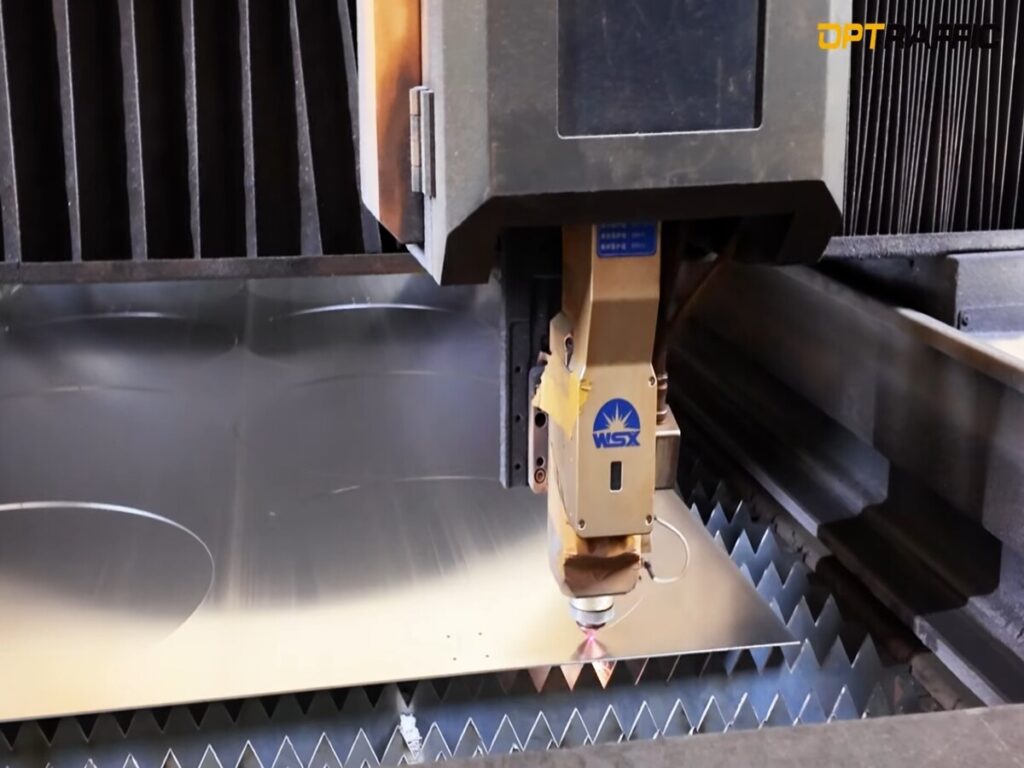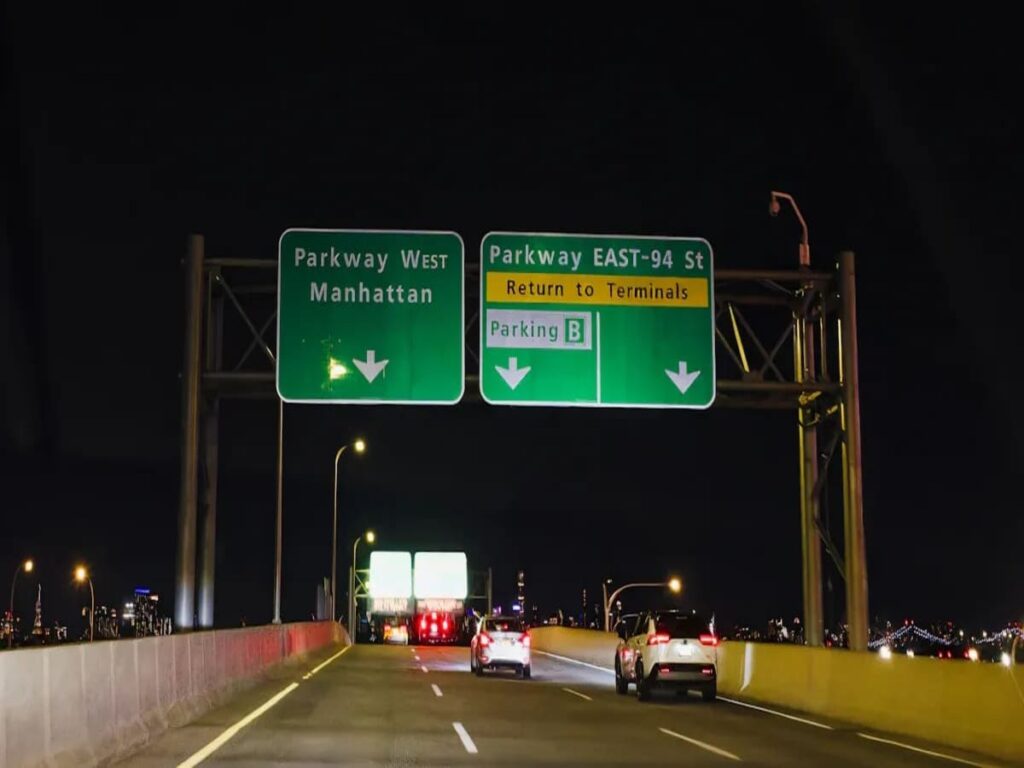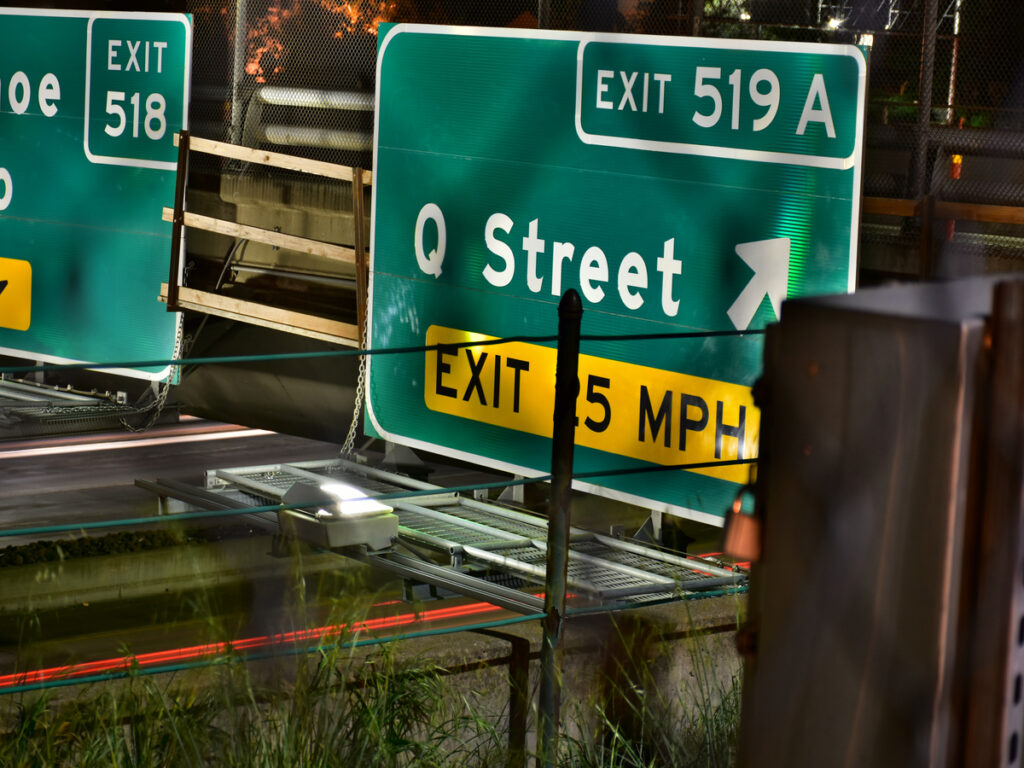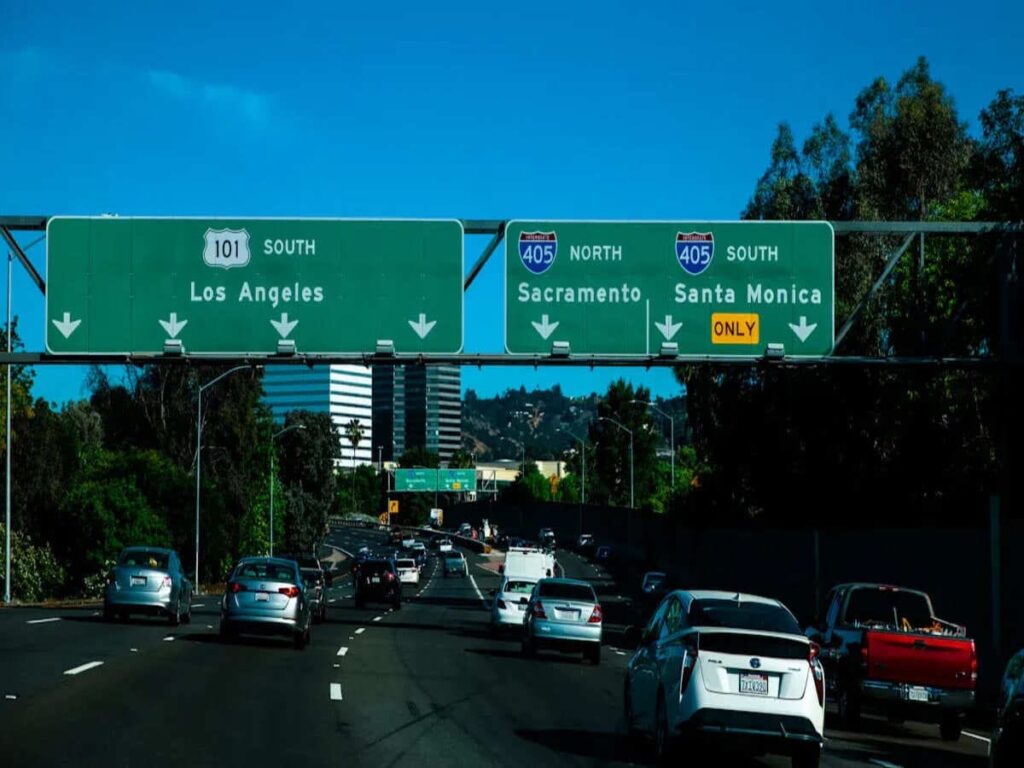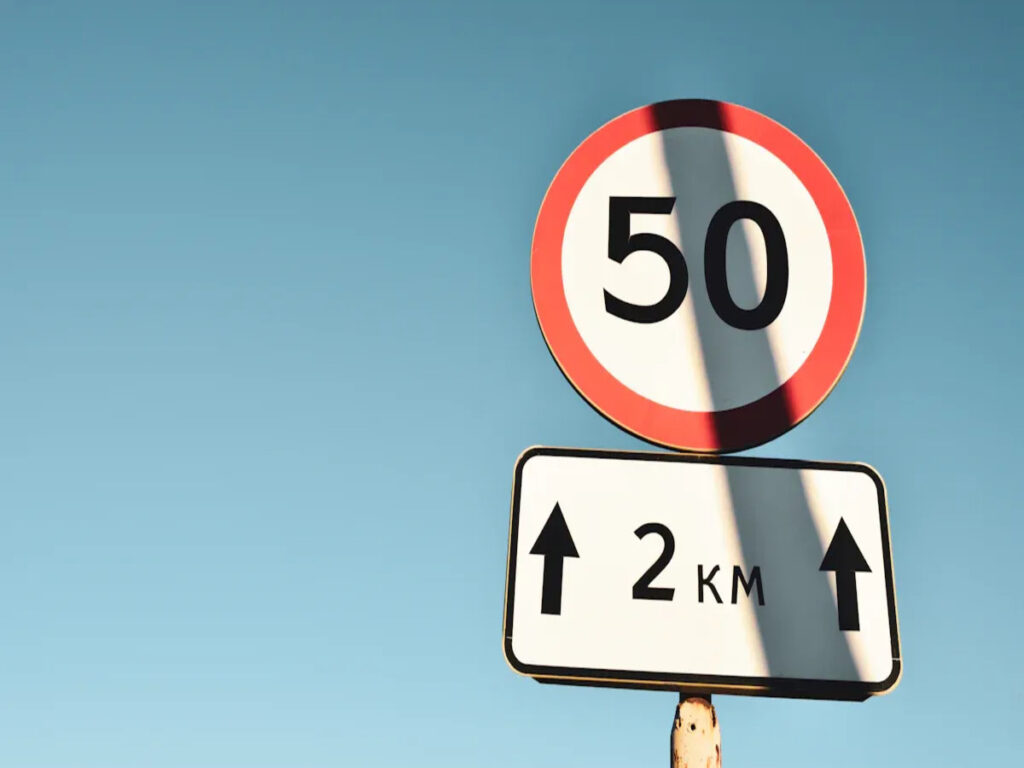
You see four main types of speed limits on speed limit traffic signs. These are fixed, variable, advisory, and absolute. Clear speed limit traffic signs help you stay safe and obey the law. Recent data shows why these signs are important:
- In 2023, speeding caused 29% of all traffic deaths in the United States, with 11,775 people dying.
Studies show drivers do best with speed limit traffic signs that give clear and believable information. Knowing each type of speed limit helps you make roads safer and lower traffic risks.
Key Takeaways
- Fixed speed limits never change. They show the fastest and slowest speeds you can go. These limits help keep roads safe.
- Variable speed limits can change. They depend on traffic or weather. Electronic signs show these limits. They help drivers stay safe.
- Advisory speed limits give advice for safe speeds. They are for hard places like curves or construction. You do not have to follow them by law.
- Absolute speed limits show the highest legal speed. If you go faster, you can get a ticket or fine.
- Following speed limits lowers the chance of crashes. It keeps everyone safe and makes driving better for all.
Fixed Speed Limits
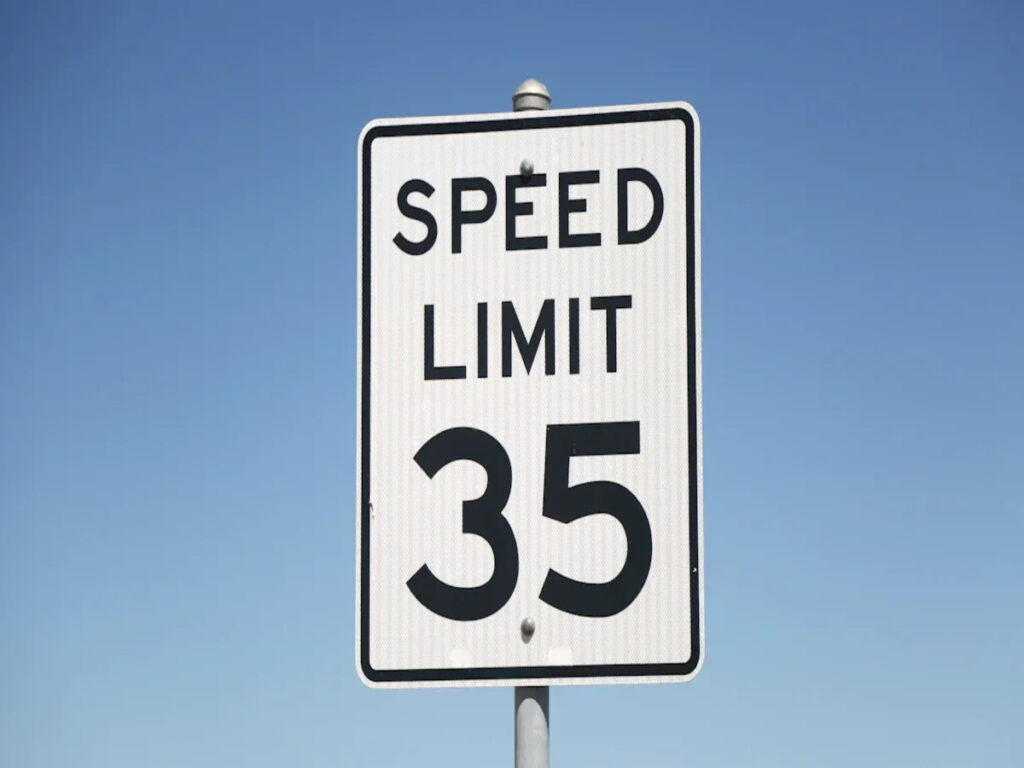
Definition
Fixed speed limits tell you the fastest and slowest you can drive. These limits stay the same all the time. They do not change for weather or time of day. You see fixed speed limits in neighborhoods, cities, and on highways. The government picks these limits to keep traffic safe. They help protect drivers and people walking. Fixed speed limits let you know how fast to go. This makes roads safer for everyone.
Here is a table showing common fixed speed limits in the United States:
| Road Type | Common Fixed Speed Limits (mph) | State Examples (Residential / Highways) |
|---|---|---|
| Residential | 5, 10, 15, 20, 25 | Alabama: 20–25 mph; American Samoa: 15 mph; Wyoming: 30 mph |
| Urban Roads | 30, 35, 40, 45, 50, 55 | N/A |
| Highways/Freeways | 60, 65, 70, 75, 80, 85 | Alabama: 65–70 mph; Alaska: 65 mph; Wyoming: 75–80 mph |
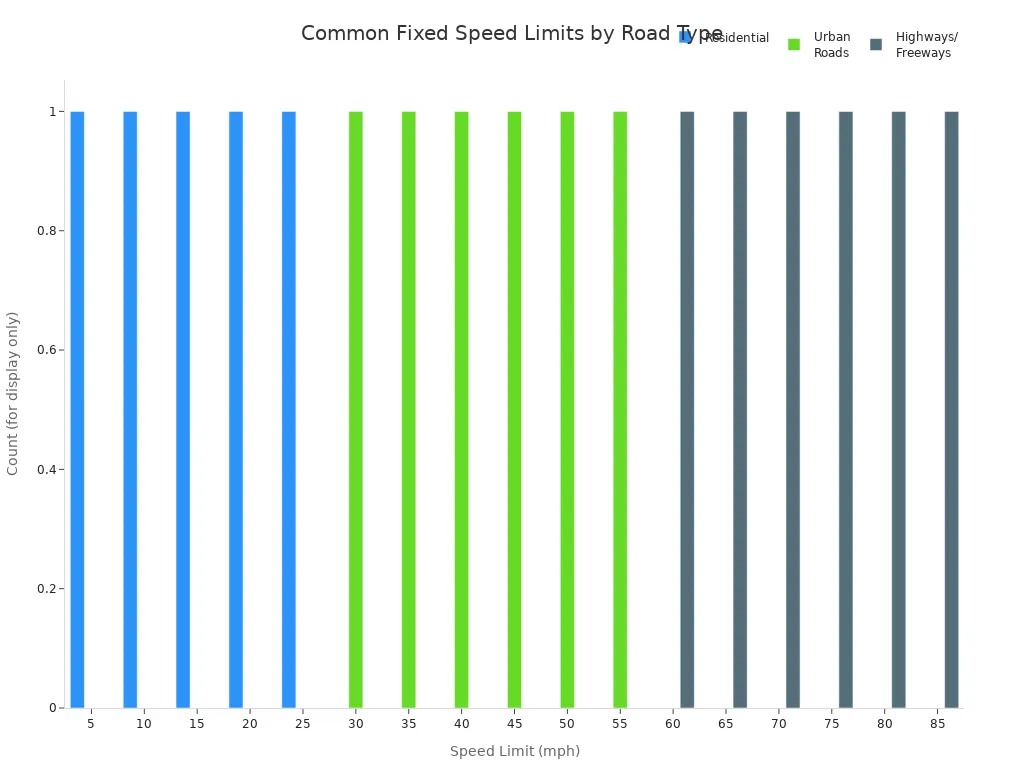
Speed Limit Signs
You can spot fixed speed limit signs easily. They have black letters on a white background. The speed limit traffic signs are shaped like rectangles. The colors make them easy to see, even at night. These signs show the fastest or slowest speed you can go. The numbers are usually in steps of 5 mph. You find these signs where the speed changes or as reminders. The signs use special materials to shine in low light. This helps you see them and follow the rules.
Safety Impact
Fixed speed limits are important for safety and traffic rules. If you drive at the posted speed, you help traffic move smoothly. This lowers the chance of accidents. Studies show that lowering fixed speed limits on fast roads means fewer crashes. For example, in Sweden and Denmark, lower speed limits led to over 20% fewer deadly crashes. In the United States, setting the speed limit to 55 mph in 1974 stopped thousands of speed-related crashes each year.
Here is a table showing how changes in fixed speed limits affect crash rates:
| Study Reference | Country | Speed Limit Change | Observed Effects on Speed and Crashes |
|---|---|---|---|
| Nilsson (1990) | Sweden | 68 to 56 mph | Speeds decreased by 14 km/h; Fatal crashes decreased by 21% |
| Engel (1990) | Denmark | 37 to 31 mph | Fatal crashes decreased by 24%; Injury crashes decreased by 9% |
| Peltola (1991) | UK | 62 to 50 mph | Speeds decreased by 4 km/h; Crashes decreased by 14% |
| Sliogeris (1992) | Australia | 68 to 62 mph | Injury crashes decreased by 19% |
Fixed speed limits help drivers go at about the same speed. This makes the road safer and lowers crash risk. When everyone follows the same speed limit, it is safer for drivers and people walking. Fixed speed limits also make rules clear for how fast or slow you can drive.
Variable Speed Limits
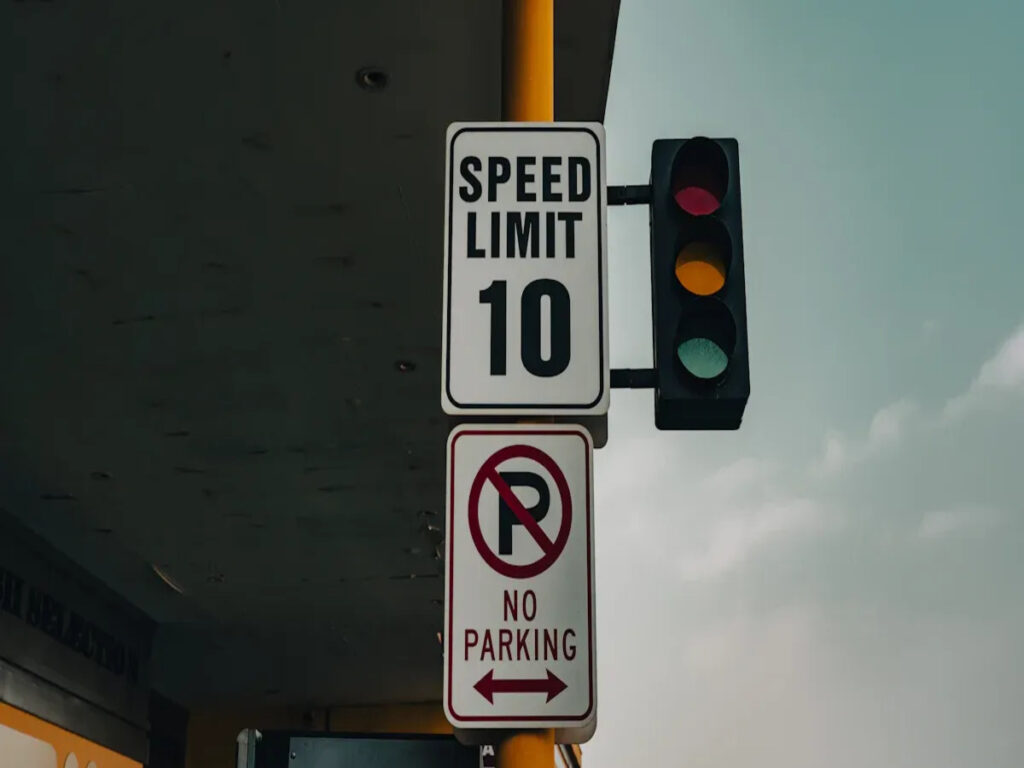
Definition
Variable speed limits change when road conditions change. These limits adjust for things like traffic, weather, or accidents. Sensors check the speed of cars and the road surface. The system uses this information to set the best speed. The goal is to keep drivers safe and traffic moving well. If you follow these limits, you lower your crash risk. You also help other people on the road stay safe.
Speed Limit Traffic Sign Display
You can find variable speed limit signs on busy highways. They are also on toll roads and near construction zones. These speed limit traffic signs are electronic and show numbers on digital screens. Some states use signs above lanes with arrows or Xs. Green arrows show open lanes. Red Xs show closed lanes. Other states use signs on the side of the road. Some signs have message boards that explain the speed change. Here is a table that shows how states display these signs:
| State | Display Method | Example Location |
|---|---|---|
| Virginia | Overhead lane-use-control signs (arrows, Xs) | I-66 |
| New Jersey | Overhead digital signs with message boards | New Jersey Turnpike |
| Washington | Lane-by-lane overhead signs for HOV and general use | I-405 |
| Oregon | Side-mounted electronic speed limit signs | OR 217 |
| Nevada | Automated signs triggered by weather sensors | I-580 |
These electronic signs update as road conditions change. Operators can also change the numbers by hand. This happens during special events or emergencies.
Road Safety Benefits
Variable speed limits help you drive safely by matching your speed to the road. Research shows these limits lower crashes and help traffic move better. In the United Kingdom, these limits led to fewer property-damage crashes. Injury crashes also went down. Germany saw fewer crashes and faster travel times. In Denmark, many drivers felt safer with these limits. A study in Texas found lower speed limits during risky times cut crash risks. When you follow these changing signs, you help stop accidents and keep traffic moving.
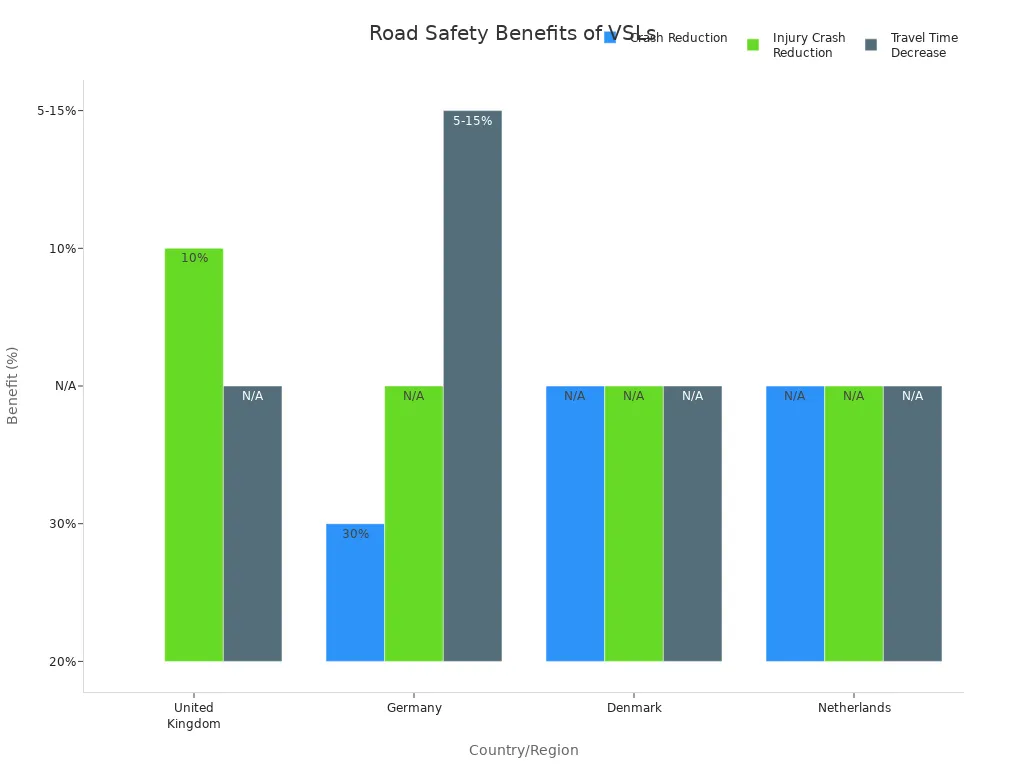
Tip: Always look for electronic speed limit signs. Pay attention in places with bad weather or heavy traffic. These signs help keep you and others safe.
Advisory Speed Limits
Definition
You see advisory speed limits on roads with special spots. These are speed suggestions for places like sharp curves or construction zones. State transportation agencies make these recommendations. They show you the safest speed for tricky areas. Advisory speed limits are not laws. Police cannot give you a ticket for going faster. But if you ignore them and crash, you might be blamed. These limits help you drive safely when roads get hard. They protect you, your passengers, and people walking. This lowers the chance of losing control.
| Jurisdiction | Official Definition / Description | Key Characteristics |
|---|---|---|
| General (Various States) | Advisory speed limits are speed suggestions from the government. They show safe speeds when the road is dangerous. These are used when the safe speed is lower than the legal limit. | Not enforced by law but may matter in court. Used on dangerous spots like tight curves, roadwork, or near people walking. |
| Australia | Advisory speeds are set by rules in a special manual. They use g-forces to keep cars from rolling over on corners. | Going over the advisory speed can affect insurance if you crash. Advisory speeds keep g-forces below 0.22g, which is safe. |
| Germany | ‘Richtgeschwindigkeit’ is the advisory speed on autobahns. It is set at 130 km/h where there is no posted speed limit. | It is a legal word but not a rule you must follow. It is only for autobahns with no speed limit signs. |
Speed Limit Signs Appearance
Advisory speed limit signs have a yellow background and black letters. They are usually rectangles or placed under warning signs. You see them under curve or ramp signs. These speed limit traffic signs look different from regular speed limit signs. Regular signs have a white background and black letters. Advisory speed limit signs show the safe speed for one spot, not the whole road.
| Sign Type | Background Color | Letter Color | Shape | Purpose |
|---|---|---|---|---|
| Advisory Speed Limit | Yellow | Black | Usually rectangular or under warning signs | Recommend safe speeds in specific conditions (e.g., curves, ramps) |
| Regulatory Speed Limit | White | Black | Rectangular | Indicate legally enforceable speed limits |
You see these speed limit traffic signs before sharp curves, exit ramps, or roadwork. Here are some examples:
- Advisory Exit Speed signs tell you to slow down before an exit.
- Advisory Ramp Speed signs remind you of the safe speed on ramps.
- Chevron Alignment and One-Direction Large Arrow signs show which way a sharp curve goes.
- Some signs have both a curve warning and an advisory speed together.
Safety Guidance
Advisory speed limits help you drive safely where roads change fast. A sharp curve with a small radius will have a lower advisory speed. A gentle curve will have a higher advisory speed. The table below shows how curve radius changes the advisory speed:
| Curve Radius (meters) | Advisory Speed Limit (km/h) |
|---|---|
| 250 | 80 |
| 300 | 80 |
| 400 | 90 |
| 500 | 90 |
| 600 | 90 |
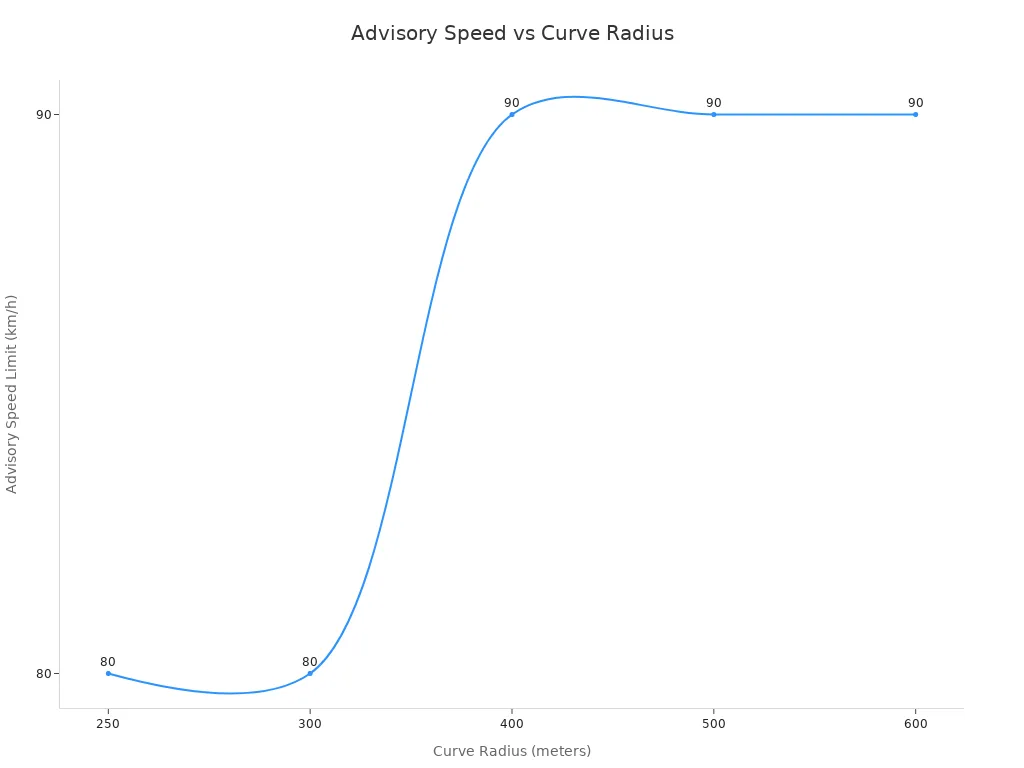
Studies show advisory speed limit signs help lower accident risks. They also make roads safer. Signs that light up can lower average speeds by 7%. They can also cut injury accidents by 31%. If you follow these signs, you help keep everyone safe. Advisory speed limits work best when you pay attention and slow down for the road ahead.
Note: Advisory speed limits are not laws, but following them keeps you and others safe. These signs help you make good choices and avoid sudden dangers.
Absolute Speed Limits
Definition
Absolute speed limits show the fastest you can drive on a road. These limits do not change for weather or traffic. The number on the sign is the highest speed allowed. If you go even 1 mph over, you break the law. For example, California lets you drive up to 65 mph on most highways. North Carolina uses 25 mph in cities, 55 mph outside, and 70 mph on interstates. These signs tell you the exact speed you cannot go over. You must follow these rules every time you drive.
| Road Type | Absolute Speed Limit (mph) |
|---|---|
| Freeways marked with 70 mph limit | 70 |
| Freeways or highways without 70 mph marking | 65 |
| Undivided two-lane highways | 55 |
Speed Limit Traffic Sign Enforcement
Police watch for drivers who go over absolute speed limits. You can get a ticket for driving even a little too fast. Officers use radar guns, laser tools, pacing, and watching cars to check speed. Their tools must be accurate and used the right way. Police give tickets if you pass a sign and go too fast. They must show you broke the speed limit law. You can try to explain if you had an emergency or if the officer made a mistake. Most people get a ticket unless they have a good reason.
- Officers give tickets for any speed over the posted limit.
- Radar and laser tools must work well and be used by trained officers.
- You can fight a ticket if you think the speed was measured wrong or if you had a real emergency.
Legal and Safety Role
Absolute speed limits keep you and others safe by setting a clear top speed. These limits help stop crashes and make roads safer. If you break these laws, you can get fines, points on your license, higher insurance, or even jail. Each state has its own rules for punishment. For example:
| State | Penalties for Exceeding Absolute Speed Limits |
|---|---|
| California | Fines from about $35 (1-15 mph over) to over $200 (26+ mph over); points on your record |
| New York | Fines from $90 to $600; possible jail time; bigger fines in school zones |
| Texas | Fines from $150 to over $300; points can mean losing your license |
Note: Absolute speed limits are the most common speed limit signs. You must always follow the posted maximum speed. Obeying these rules keeps you safe and helps everyone on the road.
Comparing Speed Limit Types
Key Differences
There are four main types of speed limit signs. Each type works in its own way. Fixed speed limits never change. You see them in neighborhoods and on highways. Absolute speed limits show the fastest you can drive. If you go faster, you break the law. Advisory speed limits suggest a safe speed for tricky spots. These are not laws, but they help you stay in control. Experts say advisory limits warn you about dangers. They help you stay safe, but police do not enforce them. Variable speed limits change with traffic or weather. You see these on electronic signs. They help you pick the right speed for what is happening.
Remember: Fixed and absolute speed limits are rules you must follow. Advisory limits are just warnings. Variable limits change to keep you safe when things change quickly.
When Each Applies
You see each type of speed limit in different places:
- Fixed speed limits are on most city streets, neighborhoods, and highways.
- Absolute speed limits are on freeways and expressways. They set the top legal speed.
- Advisory speed limits help you on curvy roads, exit ramps, or near roadwork.
- Variable speed limits are best where traffic or weather changes a lot. States like Alabama, Delaware, Washington, and Oregon use these for bad weather or busy roads. Work zones in Utah, Minnesota, and Texas also use variable speed limits to protect drivers.
Each speed limit sign helps you make good choices. Fixed and absolute limits use rules to keep everyone safe. Advisory and variable limits help you change your speed for the road. If you follow the right speed, you help make roads safer for all.
You play a key role in road safety when you recognize and follow each type of speed limit. Speed limit traffic signs help drivers make safer choices and lower the risk of accidents. Research shows that clear signs and strong enforcement can reduce crashes and injuries by up to 45%.
Paying attention to speed limit signs keeps you and other drivers safe every day.
FAQ
What happens if you ignore an advisory speed limit sign?
You do not get a ticket for ignoring an advisory speed limit. If you crash, you may be responsible. Advisory signs help you stay safe in tricky spots.
How do you know if a speed limit is absolute or advisory?
Check the sign color. White signs show absolute speed limits you must follow. Yellow signs show advisory limits you should follow for safety.
| Sign Color | Type | Must Follow? |
|---|---|---|
| White | Absolute | Yes |
| Yellow | Advisory | No |
Can variable speed limits change while you drive?
Yes, variable speed limits can change quickly. Electronic signs update based on traffic, weather, or accidents. Always watch for new numbers on these signs.
Why do some roads have both fixed and advisory speed limits?
Fixed speed limits set the rule for the whole road. Advisory speed limits warn you about special spots like curves or ramps. You should follow both to stay safe.
Tip: Always check for speed limit signs when you enter a new road or area. Signs help you pick the safest speed.


